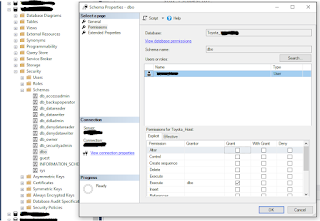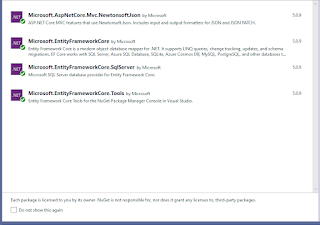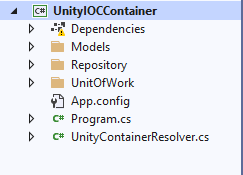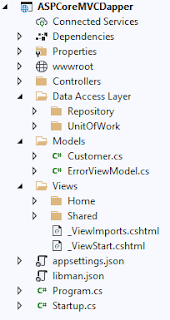Login failed for user 'Domain\MachineName$' When Connecting To SQL Server From WCF Or Windows Service

Hello, In the event that you have a Windows Service that has some piece of sql or EF code that will connect to a SQL Server database and it will generate an error specified by the title of this post, the solution that worked was to add that machine to the Security node of the SQL Server instance. To elaborate the solution, first is to create a new Login object inside the Security node using the script below or thru the SSMS IDE. Use Master GO CREATE LOGIN [PH\GGSP006450$] FROM WINDOWS Once the login object has been created, go the User Mapping tab and select the appropriate database(s) that the machine will connect to and check the db_owner, db_datareader and db_datawriter roles for that that database. After that, your service can now connect to the SQL Server database. Cheers!





